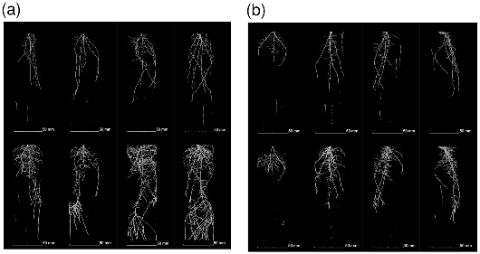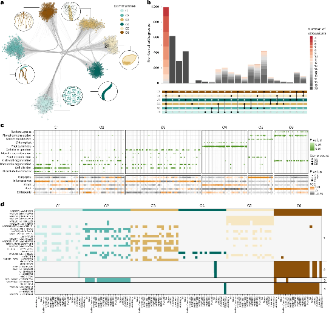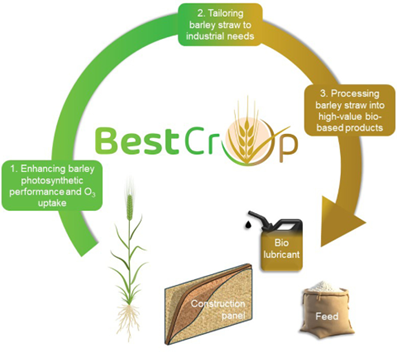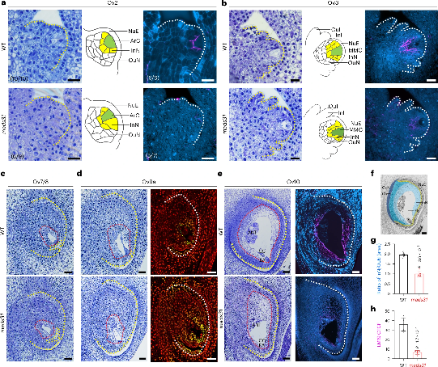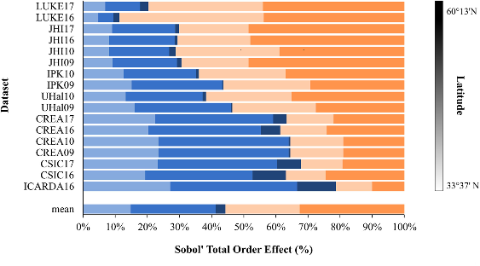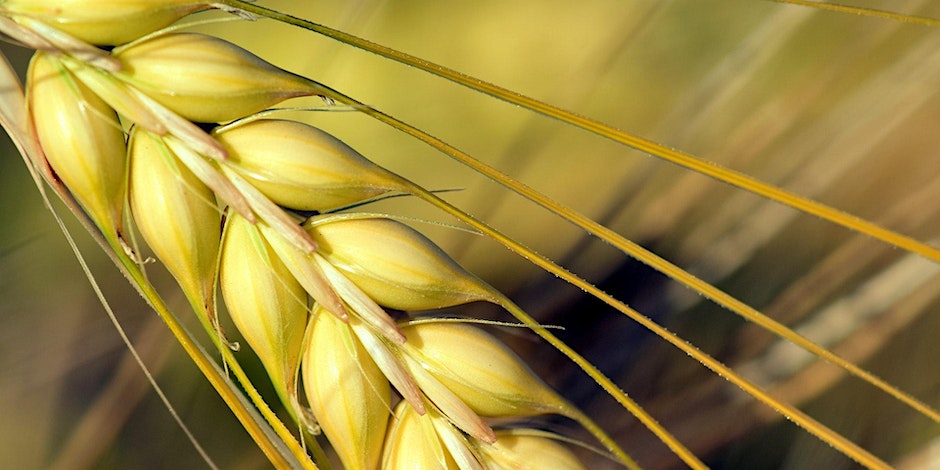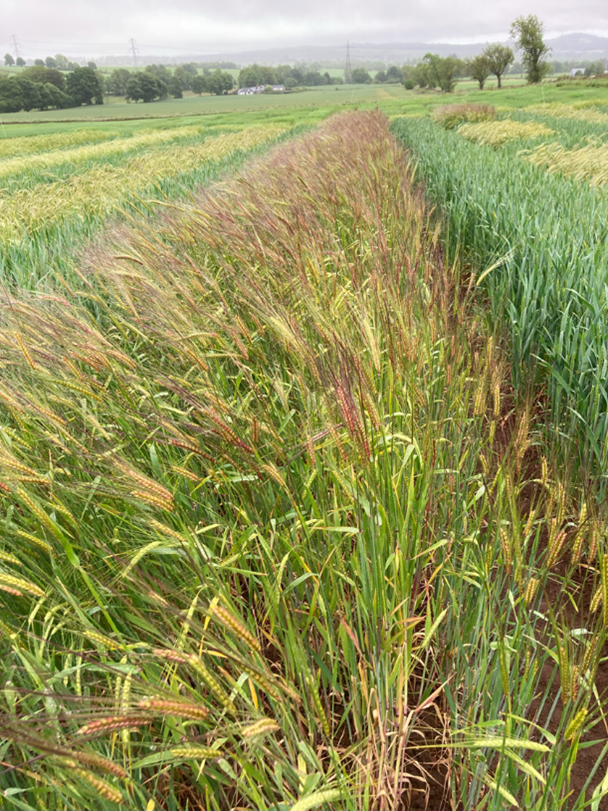Wang L.; Zhou J.; George T.S.; Feng G.. . Soil Biology and Biochemistry. 2025 Jun 17:109887.
Plants strategically allocate their limited carbon resources between root hairs and arbuscular mycorrhizal (AM) fungi, balancing the two key phosphorus (P) uptake pathways. This enables the exploitation of alternative P sources, including organic P and inorganic P, depending on their bioavailability in the soil. These pathways closely interact and influence rhizosphere microbial dynamics. However, the mechanisms underlying trade-offs under varying qualitative and quantitative P source conditions and their relationship with the rhizosphere microbiome remain poorly understood. Here, a three-factorial experiment was conducted with barley (Hordeum vulgare) rhizotype (wild type/bold root barley root hairless mutant), AM fungal inoculation (±), and inorganic P addition (±), using soil amended with phytin as a model organic P compound. We combined 13C-DNA stable isotope probing with 16S rRNA metabarcoding and root exudation analysis to explore the intricate interactions among root hairs, the AM symbiosis, and the bacterial rhizosphere microbiome in shaping plants’ P source exploitation. We found that barley employed a strategic trade-off between root hairs and the AM symbiosis, favoring the AM symbiosis under high organic P and root hairs under high inorganic P conditions. This trade-off is driven by the functional divergence of the AM symbiosis and root hairs in P acquisition: the AM symbiosis triggered bacterial organic P mineralization and raised alkaline phosphatase activity, whereas root hairs depleted the inorganic P pool. Both the AM symbiosis and root hairs shaped the bacterial microbiome by exudation of carboxylates, such as citrate. Notably, the functional specialization of the AM symbiosis to organic P-dominated soil was associated with a bacterial microbiome driving organic P mineralization. These findings advance our understanding of plant-AM fungal-soil microbiome interactions and highlight the importance of plant microbiome selection in P acquisition.

